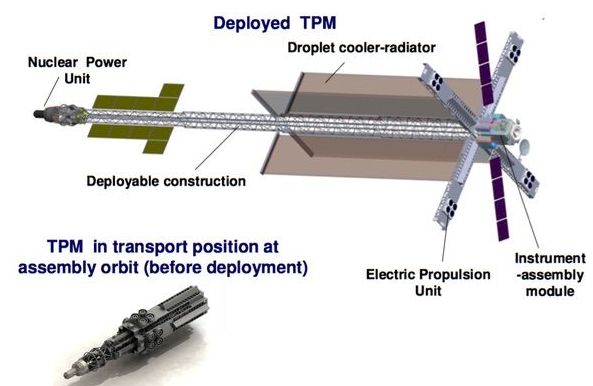Nov 5, 2019
What if We Nuke a City?
Posted by Pat Maechler in categories: augmented reality, existential risks, military
Learn more about nuclear weapons and what you can do to stop them.
EN: http://www.notonukes.org
FR: http://www.sansarmesnucleaires.org
ES: http://www.nomasarmasnucleares.org
PT: http://www.fimdasarmasnucleares.org
DE: http://www.neinzuatomwaffen.org
AR: http://www.notonukes.org/ar
RU: http://www.notonukes.org/ru
CH: http://www.notonukes.org/zh
Spread the word and use the following Hashtags:
EN: #nuclearban FR: #nuclearban
ES: #nomasarmasnucleares
PT: #fimdasarmasnucleares




 Rogue drones will be brought down by “detect and destroy” technology under plans for a new national counter-drone force to prevent Gatwick-style disruption, ministers have announced.
Rogue drones will be brought down by “detect and destroy” technology under plans for a new national counter-drone force to prevent Gatwick-style disruption, ministers have announced.











